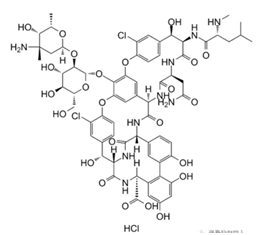
- Home
- >
- News
- >
- Industry news
- >
News
Unlike powder XRD, which is widely used in the late stage of drug development and production, single crystal X-ray diffraction technology plays an important role in the early and middle stages of drug development.
With the gradual increase of drug crystal regulation, the quantitative analysis of the effective crystal in drug preparations is a very important link in the quality control process of drug production.
XRD technology is widely used in the fields of crystallography, physics and metallurgy, including qualitative and quantitative, crystal structure, mechanical analysis, etc. This paper mainly lists its application in polymer research.
In drug research and development, crystal research runs through all stages from the screening of lead compounds to the final drug marketing.
Petrological studies often require the identification of mineral compositions in rocks, especially those that are less abundant. Therefore, the qualitative analysis of minerals is the most important application of X-ray diffraction in the study of mineral petrology.
Almost all analytical laboratories supporting the pharmaceutical industry have both thermal analysis instruments and X-ray powder diffractometers. Combining DSC and XRD into one simultaneous measurement, thermal data and diffraction data on the same sample can obtain rich information.
With the development of XRD detection technology, instrument miniaturization, low energy consumption, simple use, intelligent detection is becoming more and more popular, and has become the trend of instrument update.
The new large-area, high-angular resolution, imaging X-ray spectrometer will reveal the fundamental drivers of galactic evolution that leave their mark in the warm plasma that cosmologists believe exists in intergalactic space
An X-ray diffractometer is an instrument used to measure residual stress inside a material. By analyzing the X-ray diffraction pattern of the material, the residual stress distribution inside the material is calculated.
GIWAXS is a technique to characterize the internal microstructure of thin film samples. The corresponding structure size is between 10nm and 1um, so it is widely used to characterize the crystallization inside solar thin film cells.
HRXRD is a powerful non-destructive testing method, and its research objects are mainly single crystal materials, single crystal epitaxial thin film materials and various low-dimensional semiconductor heterostructures.












